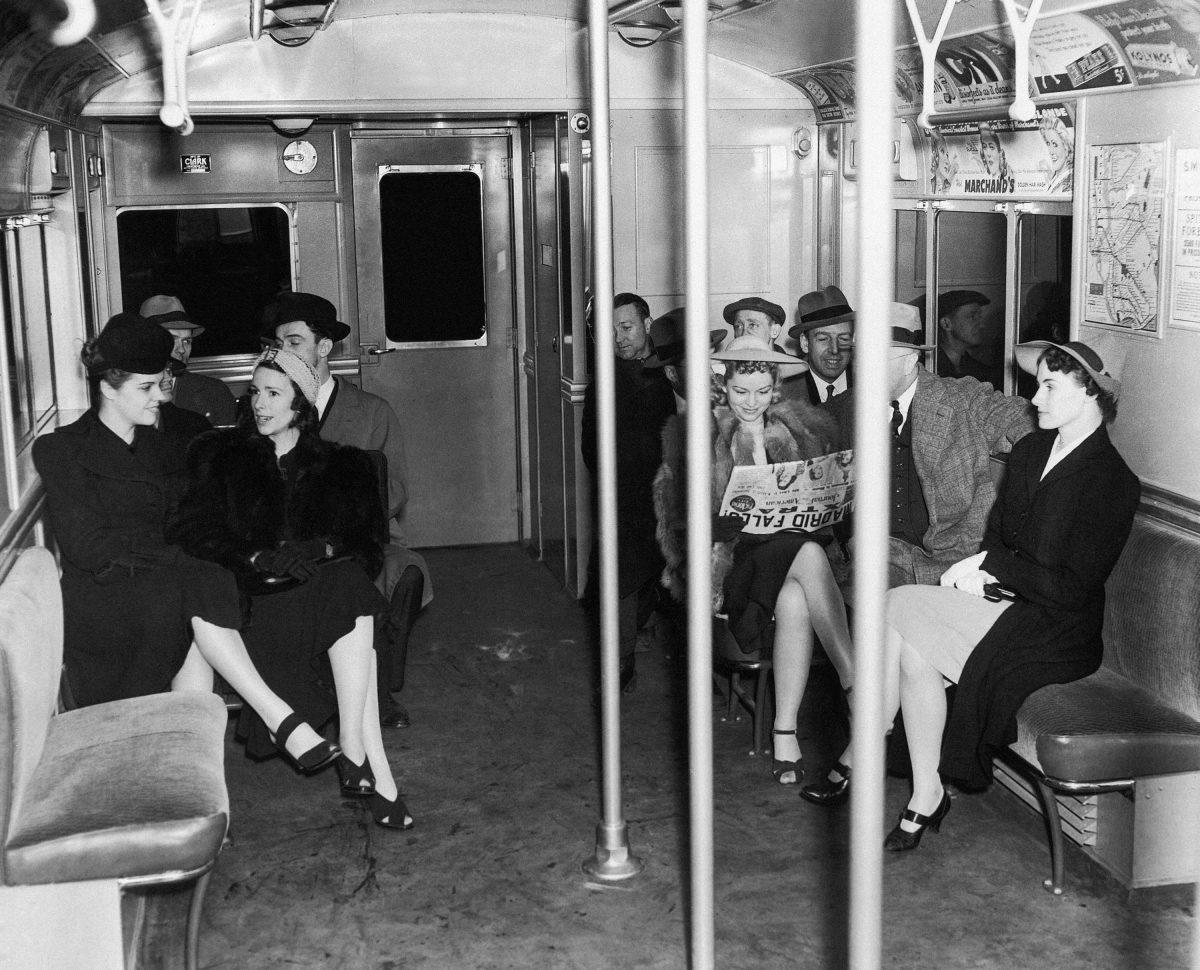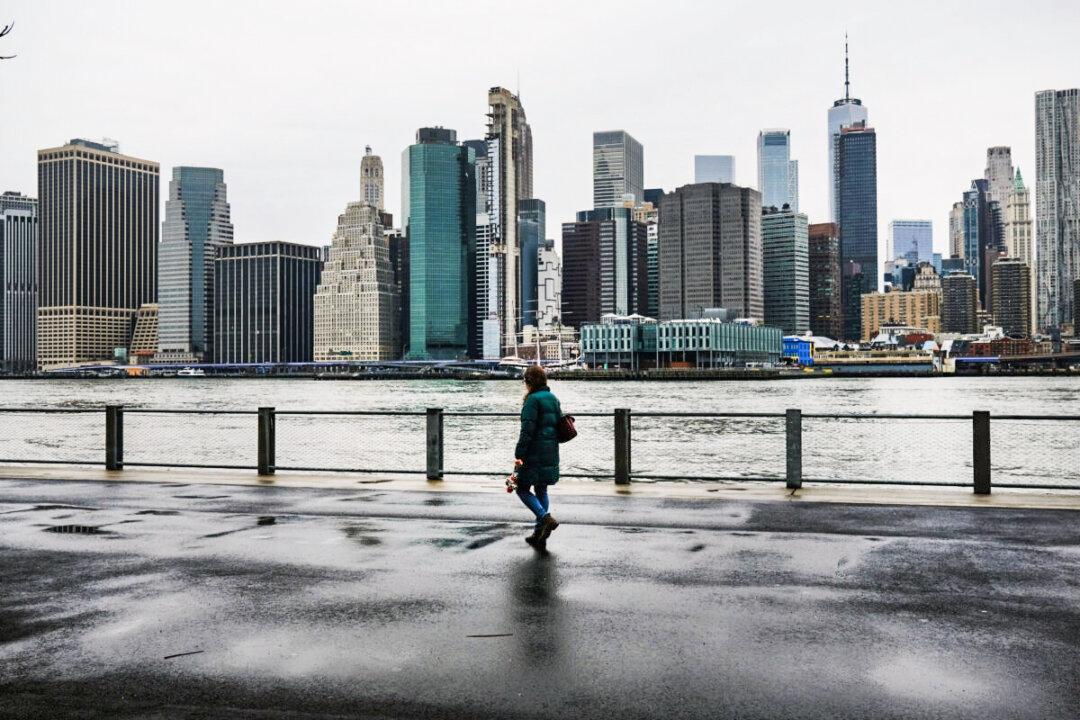Private trains can’t make money and provide good service. Only the government can run trains. Give it more dollars.
That’s been the transportation bible of New York’s political/media elites going back to the early 20th century goo-goos. They opposed any private subway component. Their descendants consistently funded pricey city and state transit agencies.
The Metropolitan Transportation Authority (MTA) is a state agency running the region’s subways, buses, and trains. The trains are a mess, state and city officials agree.
So the state will provide more of the same. It recently approved the biggest capital plan in the agency’s history. Some $54.8 billion is allocated in the “MTA 2020-2024 Capital Program.” The Biden administration recently poured billions into the system.
“The MTA forecasts budget deficits of ... $6.3 billion in 2021, $3.8 billion in 2022, $2.8 billion in 2023 and $3.1 billion in 2024,” DiNapoli wrote. “The post-2021 budget gaps as a percentage of revenue rival those during the Great Recession and are reliant on a return to 2019 ridership levels by 2023.”
DiNapoli wrote that a new plan to save the subways contained three elements: increased federal aid; consolidating administrative functions; and higher fares and tolls.
“Even if the MTA successfully implements its gap-closing program, it still forecasts budget deficits of $5.1 billion in 2021, $3.5 billion in 2022, $1.8 billion in 2023 and nearly $2 billion in 2024,” according to DiNapoli.
“Debt service is projected to reach $4 billion by 2024, an increase of 55 percent since 2019,” DiNapoli wrote.
Goo-goos said government subways would be a great deal for riders and taxpayers because the government sought no profits but only to run the system as a public service at cost.
The problem, he says in a sentiment echoed by many New York lawmakers, is too little government spending.
His “underinvestment” complaints ignore disastrous government spending since the 1940 takeover.
Since then, elected officials have passed responsibility for subway operations to various authorities. They have incurred debts, financing new lines that never happened or were a fraction of projected lines.
The Second Avenue Subway was promised after the government takeover. The line was funded three times through bond issues.
It’s not nearly finished. Three stops operate out of a projected 16. It’s over budget. Still, then Gov. Andrew Cuomo, at the opening of the abbreviated Second Avenue Subway nearly five years ago, said New Yorkers should be proud of the subways.
A historian disagrees.
“Spending $4.6 billion to build a 1.5-mile subway line was not necessarily a cause for celebration,” writes Philip Mark Plotch in “Last Subway: The Long Wait for the Next Train in New York City.”
She warns the MTA “now carries $44 billion in debt, giving it little flexibility to navigate even a modest recession, let alone a historic pandemic that has curtailed ridership indefinitely.”

How about a private line?
Although subways were never privately owned, private transportation companies operated in the first 36 years of the subways under city franchise contracts. The best of the private transportation companies, the Interborough Rapid Transit Company (IRT), generated profits over the first 20 years or so; from the time of the first IRT trains in 1904 to the 1920s.
The IRT later had financial problems because fares were never raised in its history. Yet fares were frequently raised after the government takeover in the 1940s, with the DiNapoli report last year saying the state raised fares faster than the inflation rate.
The IRT couldn’t cope with inflation. It sold to the city for the same reason some once successful businesses fail, price controls, said a journalist, writing at the time of the sale in 1940. He said the city was finding a backdoor road to socialism.
Despite the subways’ recent disasters, they were actually once considered “an engineering marvel.” New Yorkers were once “enormously proud” of their subways, wrote Robert Caro in “The Power Broker.”
Caro wrote that “So superbly engineered and maintained had the system been previously ... that it took years for this systematic neglect to take its toll.”
Most political and media elites agree about the “toll.” No state or city government or delegated state or city agency has solved the persistent post-1940 problems of poor service, a contracting system, and increasing red ink.
Historian Brian Cudahy, in “Under the Sidewalks of New York,” writes that, “If anything has emerged as a timeless and universal characterization of the New York Subway, it is the endless search for some future salvation, some not-yet-realized resolution of its difficulties and cure for its ills.” Cudahy, a former federal transit official, opposed any privatization.
So New York officials, few of whom ride the subways, generally share two beliefs: opposition to any privatization; and they take no responsibility for bad service, having set up an authority system that relieves them of accountability.





